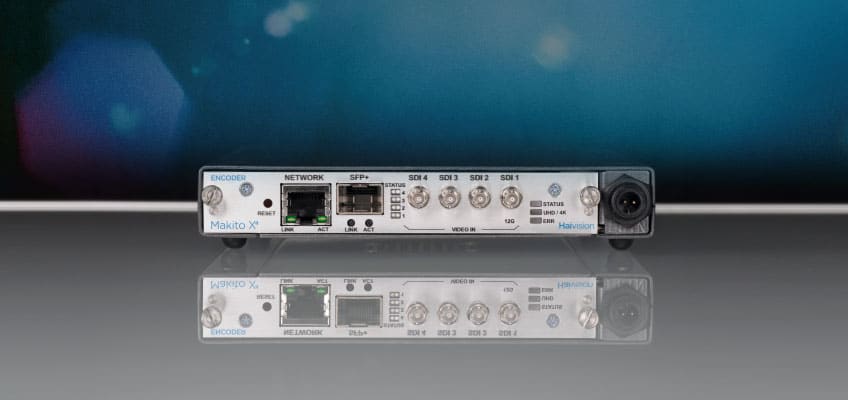
- Hevc ivi pro encode how to#
- Hevc ivi pro encode movie#
- Hevc ivi pro encode mp4#
- Hevc ivi pro encode software#
Hevc ivi pro encode mp4#
Hevc ivi pro encode movie#
It's a very good test bed for a typical TV show or movie file. The Game of Thrones file is of higher visual quality due to the way the show was filmed and produced, with excellent detail, motion scenes, panning, and some dark environments.

The Big Bang Theory, Season 8, Episode 11: 1920 x 1080, approximately 9,000 Kbps H.264 with 1,500 kbps DTS 5.1 channel audio, encoded using x264.Game of Thrones, Season 2, Episode 1: 1920 x 1080, approximately 5,000 kbps H.264 with 1,500 kbps DTS 5.1 channel audio, encoded using x264.The two files I'll be using as examples in this guide are as follows: In general, you want a source quality file before compression to deliver the best results, although most files you acquire through more dubious means should also suffice.Ī single, high-detail frame from The Big Bang Theory sample used for encoding test purposes What I wouldn't recommend doing is ripping your Blu-rays to a low quality file before re-encoding them to HEVC, as you can expect to lose even more quality in the process. The end result will usually be the same as well: a 10 GB Blu-ray source or a medium-bitrate 2.5 GB H.264 rip will both be compressed to 700 MB using the same HEVC settings, for example. Whether you use original quality or slightly compressed files really doesn't matter, as encoding to lower bitrate H.264 or HEVC will lead to a slight reduction in quality for either type of file. It should be noted here that if you rip a Blu-ray at original quality you will get a massive file size as Blu-rays use high-bitrate media for the ultimate in quality. For this guide, however, I created two high-bitrate H.264 files that are of excellent quality, essentially representing what you'd get from the source material.
Hevc ivi pro encode how to#
If you want to learn how to rip Blu-rays, there are plenty of guides around, and plenty of ways to do so.


Throughout this section I'll be looking at encoding two TV show episodes I ripped from a Blu-ray earlier. There are a whole collection of tools and utilities that can encode HEVC, but in this article I'm going to focus on those that are easiest to use and provide the best quality options. Now that we've looked at how to playback HEVC-encoded files, it's time to create them. Maybe FCP uses QuickSync features that Apple does not choose to make available to other developers on macOS - I don't know.How to Encode HEVC: The Set-Up and Test Files (I have yet to test the latest version of HandBrake - 1.2.2.) So if the H.264 (VideoToolbox) works the same way (you'd have to test it with the type of videos you want to compress), it might be faster but for no good purpose.
Hevc ivi pro encode software#
Without the ability to control the Quality parameter, for the H.265 (VideoToolbox), the fidelity to the original video (quality) was overall slightly better than the "Fast" default setting using the software x265 encoder, but the compression is bad so much so that really, the H.265 (VideoToolbox) was pretty much useless for the videos I wanted to compress. I haven't done testing with the H.264 (VideoToolbox), but I have done some (60+ videos) for the H.265 (VideoToolbox), which is only available on Macs with the T2 chip.

If it's available as part of the H.264 (VideoToolbox) as the previous poster says, you don't have the ability to control the "Quality" parameter. So it's not a direct option in HandBrake for the Mac and from the documents I see on the web, it's also not available in the macOS version of ffmpeg. My understanding of QuickSync on the Mac is that the ability to use it is limited in macOS.


 0 kommentar(er)
0 kommentar(er)
